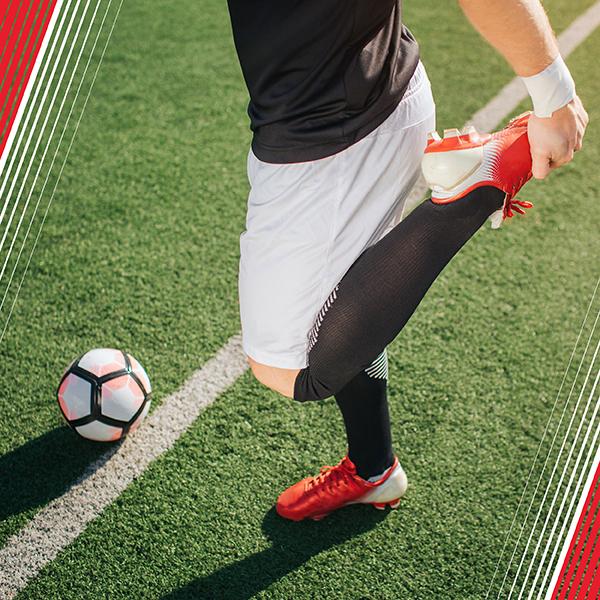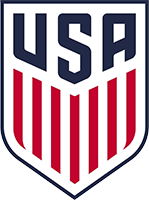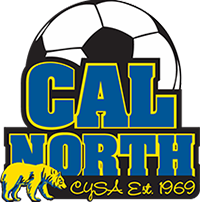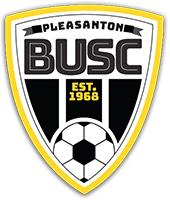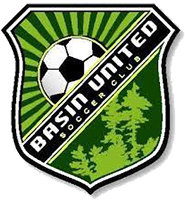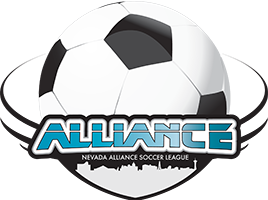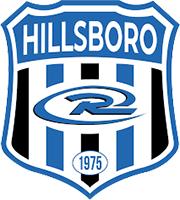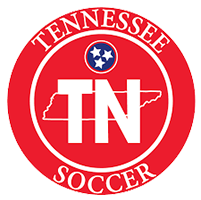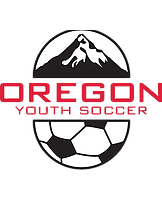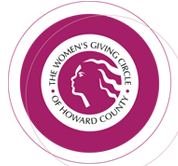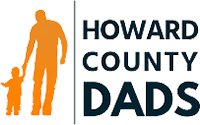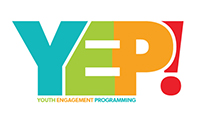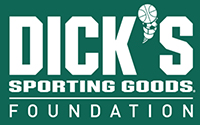Benefits
- Promotes healthy circulation throughout the body
- Increases overall flexibility
- Reduces stress
- Enhances range of motion throughout the body
Although there are many different ways to perform a stretching exercise, they can all be grouped into one of two categories:
Static or Dynamic.
STATIC EXERCISES
Static stretching means a stretch is held in a challenging but comfortable position for a period of time, usually somewhere between 10 to 30 seconds. Static stretching consists of stretching a muscle (or group of muscles) to its farthest point and then maintaining or holding that position. This helps realign muscle fibers and thereby speed recovery after exercise.
“Stretching increases blood flow, boosts oxygen levels, and helps deliver nutrients to your muscles. It also removes metabolic waste such as carbon dioxide, ammonia, and uric acid. Sure, stretching helps athletes stay loose, limber, and avoid injuries, but it can also benefit others in ways we might not have known.”
– US Health News March 2015
DYNAMIC EXERCISES
Static exercises are movements you perform to prepare your body for more strenuous activity. Different than a traditional warm-up, these exercises use integrated movements in an active, full range of motion to prepare your muscles and joints for the work to come. Dynamic Stretching is a form of stretching beneficial in sports utilizing momentum from form and the momentum from static-active stretching strength in an effort to propel the muscle into an extended range of motion not exceeding one’s static-passive stretching ability. Before any serious workout or practice session, soccer players should always be sure to warm up the muscles that contribute most to strong performance in this game. These include the hip flexors, the hamstrings, the quads, and the glutes—all the muscles in the hips, legs, and core that generate drive, agility, and speed.
Sample warm-up
The following is an example of a dynamic soccer warm-up designed to raise the body temperature, increase muscle elasticity and neuromuscular function, and mimic the actions used in training and competition. It is performed in three stages, starting with general exercises and ending with soccer-specific activities.
01.
Aerobic Activity
Perform a five-minute, low-level aerobic exercise, such as jogging or technical work with the ball. You work at a rate where you don’t get completely fatigued or out of breath. Aerobic training will decrease fatigue and make your heart and lungs more efficient for exercise.

02.
Dynamic Flexibility
These exercises incorporate active movements to stretch the hips and pelvic region, targeting the hamstrings, hip flexors, gluteus, and groin, which are important injury prevention in soccer. Do the following movements five times for each side or position:
- Hip Circles
- Trunk Twist
- Alternate Toe Touches
- Knee to Chest
- Heel to rear
- Cradle Walk
- Lateral Lunge with Twist
- Forward Leg Swings
- Lateral Leg Swings
- Hand Walks
03.
Movement Preparation
Exercises that imitate specific activities performed over a 20-yard distance. Perform each activity for 20 yards, then walk that 20 yards back to the start. Then perform the next activity, and so on, until all exercises are complete. Some sample activities listed below:
- Jog forward
- Backpedals
- Skip forward/backwards
- Jog Forward and circle arms forward
- Jog Forward and circle arms backwards
- Lateral shuffles, arms side-to-side crossing over body
- Carrioca: standard X-overs
- Power skips
- Scissor kicks
- Forward shuffle
Partners & Sponsors
Supporters of the GOTB Program



